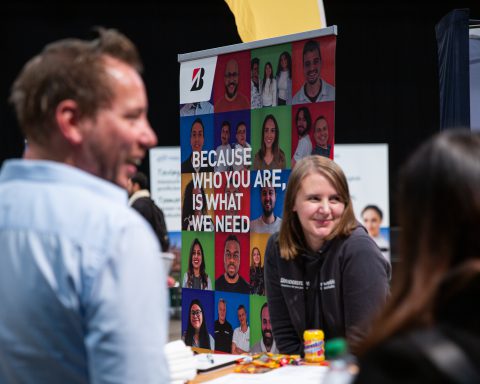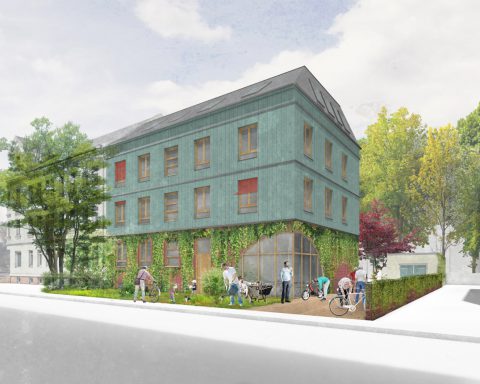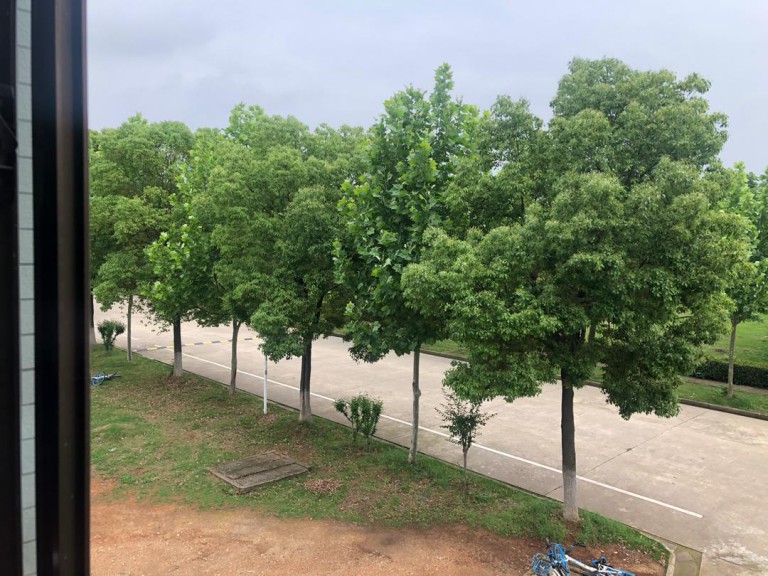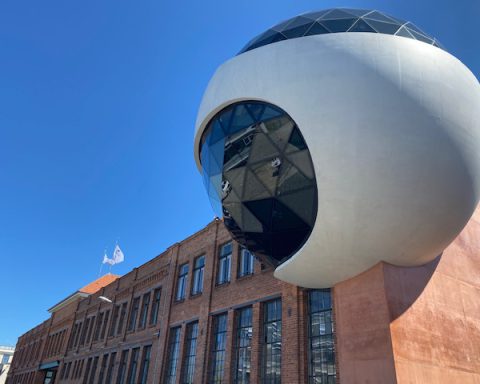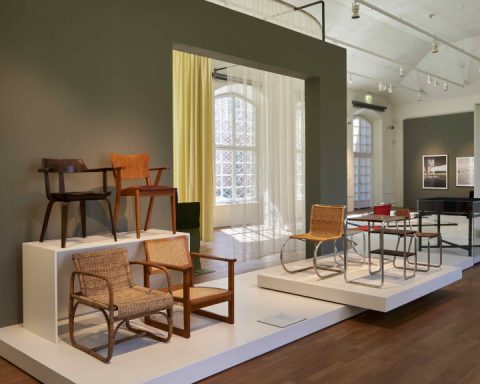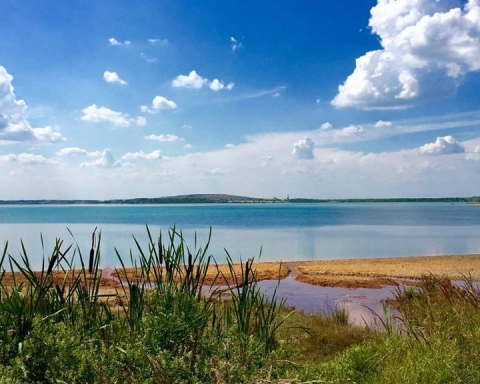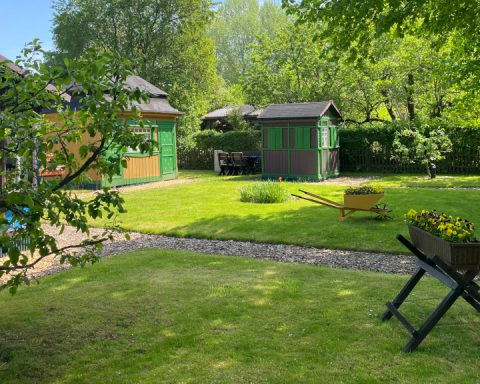Today marks a loosening of lockdown measures in Germany after several weeks. But Covid-19 continues to disrupt our daily routines, and as we practice social distancing from one another, there is an urge to monitor what is happening right now and learn from the fundamental changes in our behavior.
Adaptation could already be observed by taking a close look at the collective intelligence at play. People have found ways to (re)organize their lives, balancing health priorities and social needs. Recording this intelligence now could inform decision-makers on how we can conceive healthy, resilient cities, connecting physical distancing with a revitalized community atmosphere.
Help the Institute of Urban Development and Construction Science (ISB) in Leipzig record our collective behavior and thoughts while in outdoor spaces, by filling our bilingual online survey HERE.
Indeed, this pandemic has brought about profound restrictions on our ability to flock together. The injunction to socially distance is not only challenging our human nature, but also the space most of us occupy: cities.
Since the Covid-19 pandemic was confirmed, urban spaces have been criticized for playing a role in exacerbating the crisis because of their increased population density.
Just look at cities worldwide. People’s attraction to cities has never been so intense. In the 1970s, 35% of the population were urban-dwellers. Now it’s more like 55%. Forty years from now, almost 70% of the world’s population is projected to be living in cities.
For the last decade, municipalities around the world have started a global fight to mitigate climate change by trying to limit urban sprawl; they advocate for an increase in population density in existing cities. And over the last few weeks, an increasing number of writers have been interrogating the benefits of living in cities and the ways in which we conceive them.

Open spaces that used to be a catalyst for people’s energies, expressions and interactions are now widely feared, in part due to social distancing measures: How can we be sure that people around us will maintain a 2-meter distance?
Yet, during the lockdown in Leipzig, although streets have been almost car-free, public transport barely used, and cafe terraces deserted, outdoor spaces have been far from empty. The banks along the Elster abound with people jogging, biking and strolling. The curb is now a hub for small talk at a safe distance with first-floor residents. People are using private outdoor spaces to escape from the indoors and to reach others. In Südvorstadt, courtyards brim with children’s laughter. Balconies resonate with neighbors’ small talk.
Leipzigers haven’t waited for the city to adjust the space for them.
If some areas and relations were not reachable anymore, they found new spaces in which to sustain a physical social life. Some Leipzigers have found new ways of being together while keeping their distance, while others haven’t.
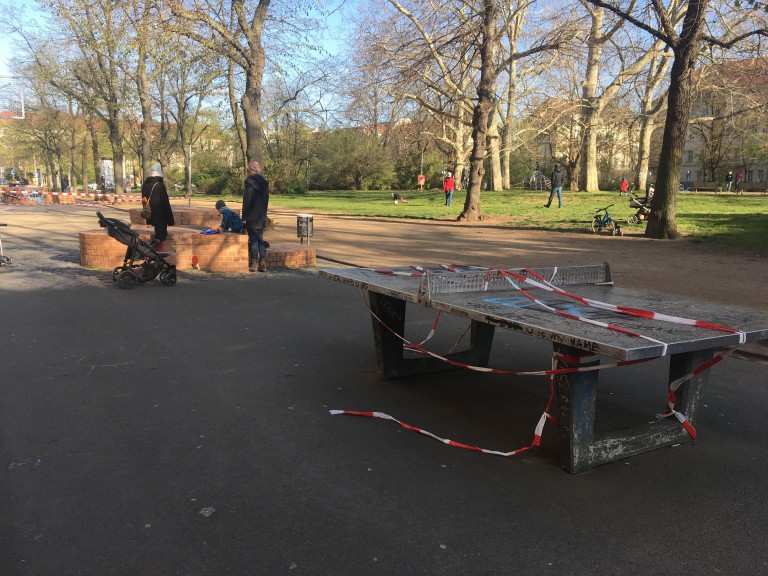
What could we learn from them? In which spaces have they found reprieve from the lockdown and social distancing? How could this inform our conception of space in other places?
The Institute of Urban Development and Construction (ISB) at the University of Leipzig wants to hear from you. No matter where you live in the city, if you want to share your experience and/or want to know more about how the city’s population has organized itself during confinement and how they maintain a social life out of the digital sphere, please consider participating in our survey. It will help further these promising early observations to suggest new ways of creating cities.
If you have questions or would like to be informed of the results, please contact the Institute for Urban Development and Construction Science (ISB) at isb@wifa.uni-leipzig.de.
Maéva is a globe-trotting urban designer who recently anchored in Leipzig after a few stopovers in France, Senegal, Brazil and Canada. Keen on understanding city mechanisms and being part of their making, she conducts research projects, arts-based interventions and urban design projects. She is currently teaching at the Institut für Stadtentwicklung und Bauwirtschaft (ISB) at Leipzig University.

